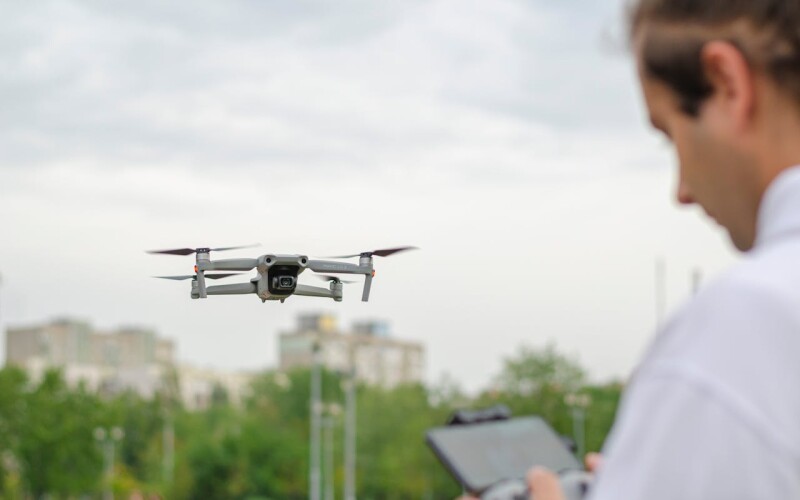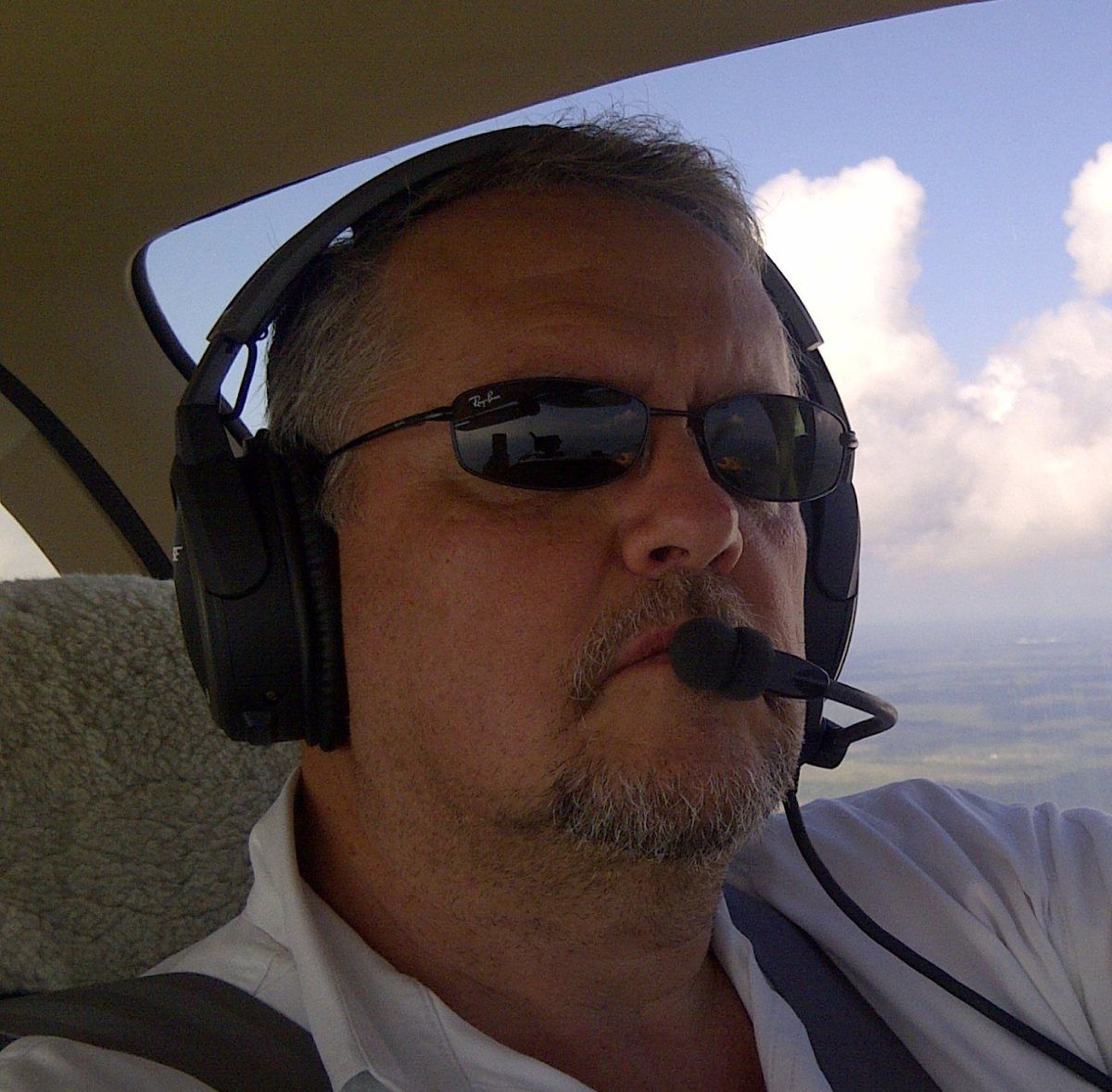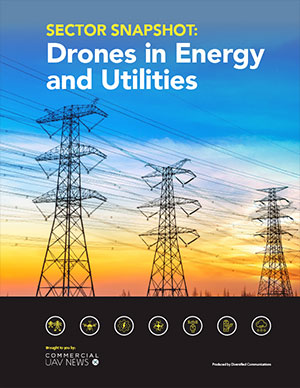For this week’s round-up of commercial drone industry news, we look at how police are using drones to arrest shoplifters, investigations into sound-based drone navigation, and how researchers are using drones to find dinosaur bones in Canada.
Drones Measure Wastewater Emissions
Researchers at Linköping University in Sweden are using drones to measure greenhouse gas emissions from wastewater treatment plants (WWTPs). As reported in Air Quality News, the investigators have deployed custom-built drones “equipped with advanced sensors” to determine that “methane (CH₄) and nitrous oxide (N₂O) emissions from these facilities – particularly from sludge storage – are around 2.5 times higher than international climate models suggest.” The findings, Air Quality News reports, challenge “long-standing assumptions used by the UN Intergovernmental Panel on Climate Change (IPCC). The IPCC currently estimates that WWTPs contribute roughly 5% of human-caused methane and nitrous oxide emissions.” To collect the data, researchers flew drones at 12 Swedish treatment plants.
A Sound-based Approach to Drone Navigation
Many drone innovators have looked to insects and birds to find ways to improve drone performance and adaptability. At Worcester Polytechnic Institute in Massachusetts, Interesting Engineering reports, investigators are studying “the way birds and bats navigate complex environments” to enable “sound-based navigation for small aerial robots.” The researchers hope to “develop sound-based navigation systems for tiny robots operating in challenging environments,” such as “smoke, dust, and darkness where traditional cameras and light sensors fail.” This work, the investigators hope, “could play a vital role in disaster monitoring, hazardous environment inspection, and environmental protection, where traditional vision-based navigation is unreliable.”
Drones and Dinosaur Bones
Using drones equipped with specialized sensors, a team of paleontologists and remote sensing scientists have “successfully identified lichen-colonized fossils from aerial images with 2.5cm pixel resolution” at the UNESCO World Heritage Site Dinosaur Provincial Park, in Alberta, Canada. As reported by the University of Reading, this method took advantage of the fact that “lichens exhibit distinct spectral properties, showing lower reflectance in blue wavelengths and higher reflectance in infrared regions.” This drone-based approach, the article says, offers “significant advantages for paleontological prospecting, particularly in remote terrain where traditional ground surveys are challenging” and “could accelerate fossil discovery while reducing field costs and environmental impact.”















Comments